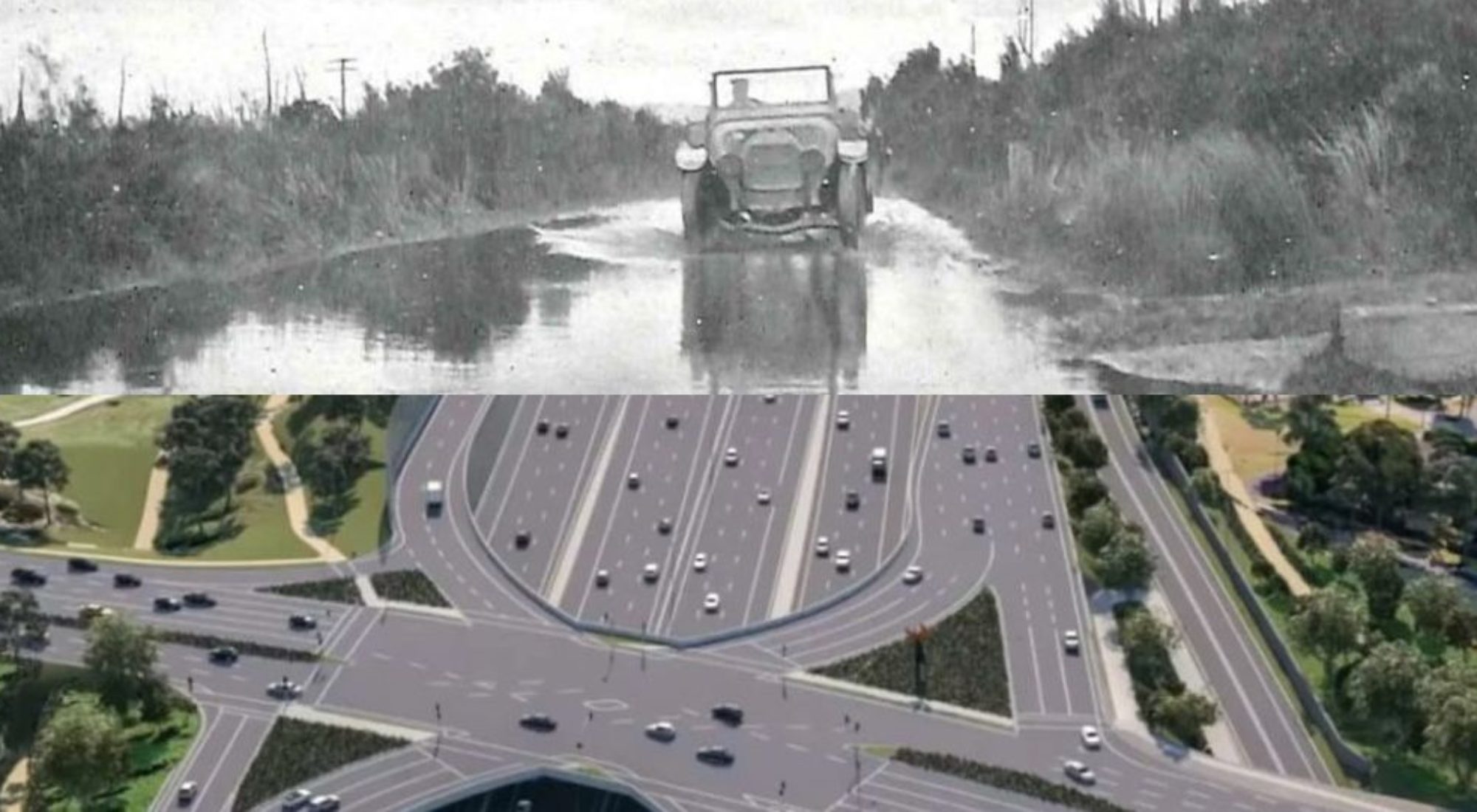Early Traffic Signals
THE FIRST traffic signal was invented (in London) by J P Knight, a railway signalling engineer. It was installed outside the Houses of Parliament in 1868 and looked like any railway signal of the time, with waving semaphore arms and red-green lamps, operated by gas, for night use. Unfortunately it exploded, killing a policeman. The accident discouraged further development until the era of the internal combustion engine. Modern traffic lights are an American invention. (https://www.theguardian.com/)
Here are two examples of early American traffic signals, both manually operated but the second one has electric lights.

This is the famous Australian Marshalite – a form of rotary traffic signal that was designed in 1936 by an Australian, Charles Marshall. The first experimental model was erected in 1937 at the corner of Gertrude and Brunswick streets, Fitzroy. The last Marshalite was decommissioned in around 1970. You can still see a Mashalite today exhibited in the front of the RACV Club in Burke St Melbourne.

This is an electric traffic signal that has the words to explain what the coloured lights mean. It is from the 1944 movie “The Woman in the Window”. The main character Professor Wanley played by Edward G Robinson is stopped by this traffic signal. To watch a 33 sec video, click here.

